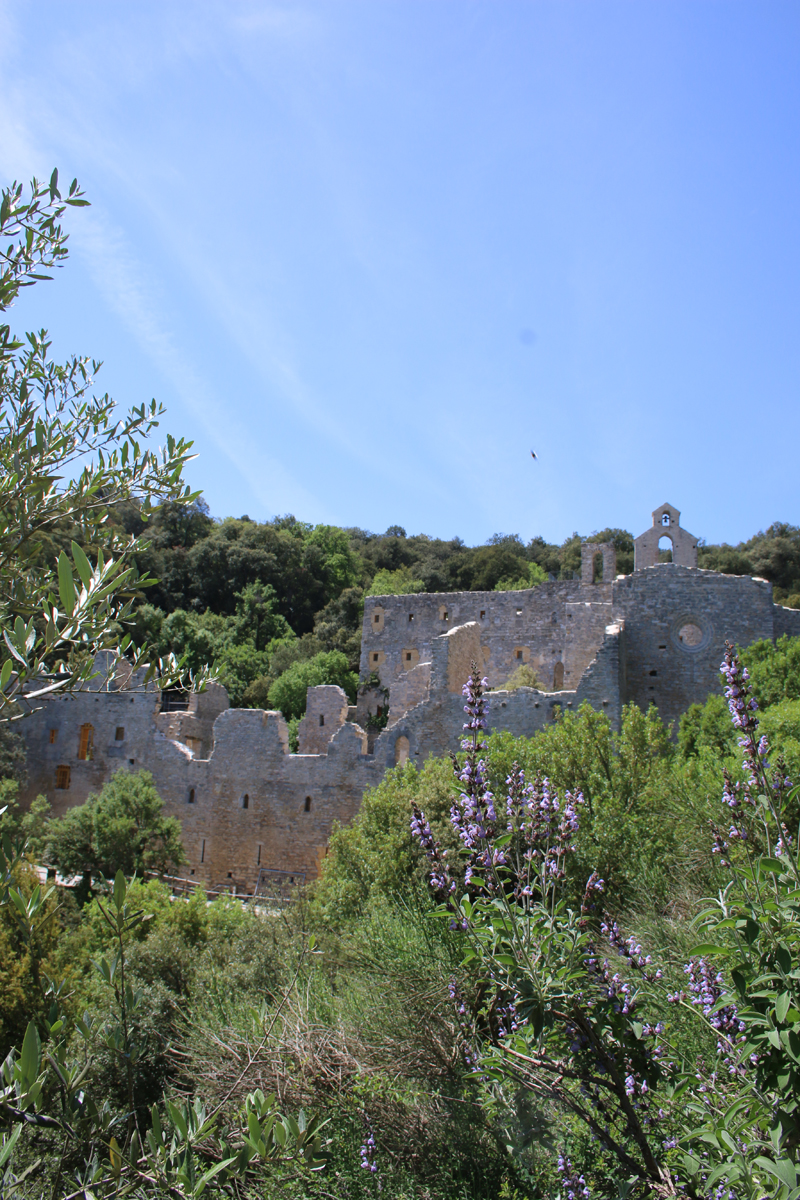

Añanako Kuadrillan, Iruña Oka udalerriko Tresponde herrian (Araba) dago Santa Katalinako Lorategi Botaniko ikusgarria, Badaia mendizerran kokatua. XIII. mendean eraikitako monasterio zaharraren hondakinetatik lorategia sortzea erabaki zuten 1999an udalerriko ordezkariek, inguruak hiru mikroklimetako espezieak izateko aukera ematen zuela ikusita: mediterranear, atlantiar eta mistokoak. “Berezia da lorategia, historiak eta naturak bat egiten baitute hemen: konbentua da gunearen bihotza”, azaldu du Blanca Ezpeleta lorategi botanikoko teknikariak.
Bertako nahiz munduko mila espezietik gora
Ihar frantsesa eta artea dira nagusi tokiko landareen artean lorategi botanikoan, ipurua, ezpela eta beste hainbatekin batera. Tokikoez gain, dena den, kanpotik ekarritako landare espezie ugari ere topatuko ditu bisitariak Santa Katalinan. “Australiara joan gabe hango zenbait landare ezagutzeko aukera dago hemen, berdin Afrikakoak, Argentinako kaktusak…”. Helburua, teknikariaren arabera, natura jendearengana hurbiltzea da azken batean. Hiru ibilbidetan banatuta dituzte landareak: bertakoak, ekialdeko landareak eta Australiako zuhaitzak, eta uretako espezieak.
Bisitariek historian murgiltzeko aukera ere izanen dute gune natural honetan. XIII. mendean Iruña Okako familia boteretsuenak eraiki zuen Santa Katalinako dorretxea, gerora monje agustindarrek monasterioa eraikitzean mantendu zutena. Lehen gerrate karlistan monasterioa erre eta suntsitu bazuten ere, egun oraindik mantentzen dira eraikinaren arrastoak.
Bisitak, tailerrak nahiz ikuskizunak
Eskoletako haurrak eta jubilatuak dira Santa Katalinako bisitari ohikoenak, Ezpeletaren arabera. Inguruan dauden bi espetxeetatik bergizarteratze programak antolatu eta lorategira bisitak egiten dituzte presoek formazioa jaso eta lorezaintza lanak egiteko.
Bestelako ekimenak ere antolatzen dituzte lorategi botanikoan: sendabelar tailerrak, xaboiak, argizariak, perfumeak eta kremak egiteko tailerrak, tximeletak ezagutzeko tailerrak… Izarrak ikusteko gune pribilegiatua izanda, gauez teleskopioarekin obserbazioak antolatu ohi dituzte Santa Katalinan. Eta kontzertuak eta antzerkiak ere ez dira falta urtean zehar. “Guztia naturaren, landareen eta animalien garrantziaren inguruan jendea sentsibilizatzeko”, dio teknikariak.